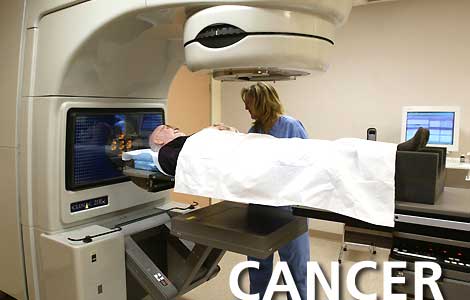New forms of the PSA blood test make it more accurate in diagnosing prostate cancer. One such test is the ‘free to total’ PSA test. In both healthy men and those with prostate cancer, the prostate specific antigen in the bloodstream latches onto protein. In men with benign prostatic enlargement, the prostate specific antigen tends to be free of protein.

The ‘free to total’ PSA test compares the amount of ‘bound’ to ‘unbound’ PSA to see whether the raised levels are caused by prostate cancer or benign disease. The probability of cancer is higher if the ‘free to total’ ratio is less than 20–25 per cent.
The rate of change of PSA (PSA velocity) can also be helpful in finding prostate cancer. In men with PSA above 4ng/ml, a velocity of greater than 0.75ng/ml/yr is thought to indicate a higher risk of cancer. This threshold may be lower in men with a PSA below 4ng/ml.
Monitoring cancer
After a diagnosis of cancer, regular PSA blood tests are also used to monitor the cancer activity in a man’s body. Generally, prostate cancer prompts higher and higher levels of blood-borne PSA as it grows. Regular blood tests can indicate whether the tumour is shrinking or enlarging and if the current treatment is working or not.

Where to get help
* Your doctor
* Urologist
* Cancer Council of Victoria, Information and Support Service Tel. 13 11 20
Things to remember
* A normal prostate gland secretes small amounts of a protein called prostate specific antigen (PSA) into the ejaculate and blood.
* Prostate cancer usually causes large amounts of PSA to enter the blood.
* The PSA blood test can detect prostate cancer at an early stage, before it causes symptoms and when it can be removed.
* An abnormal PSA test result can have a number of non-cancer causes. Other tests are needed to confirm the diagnosis.

* Prostate cancer testing and treatment is less likely to have a benefit in older men, particularly those over the age of 75 years.


